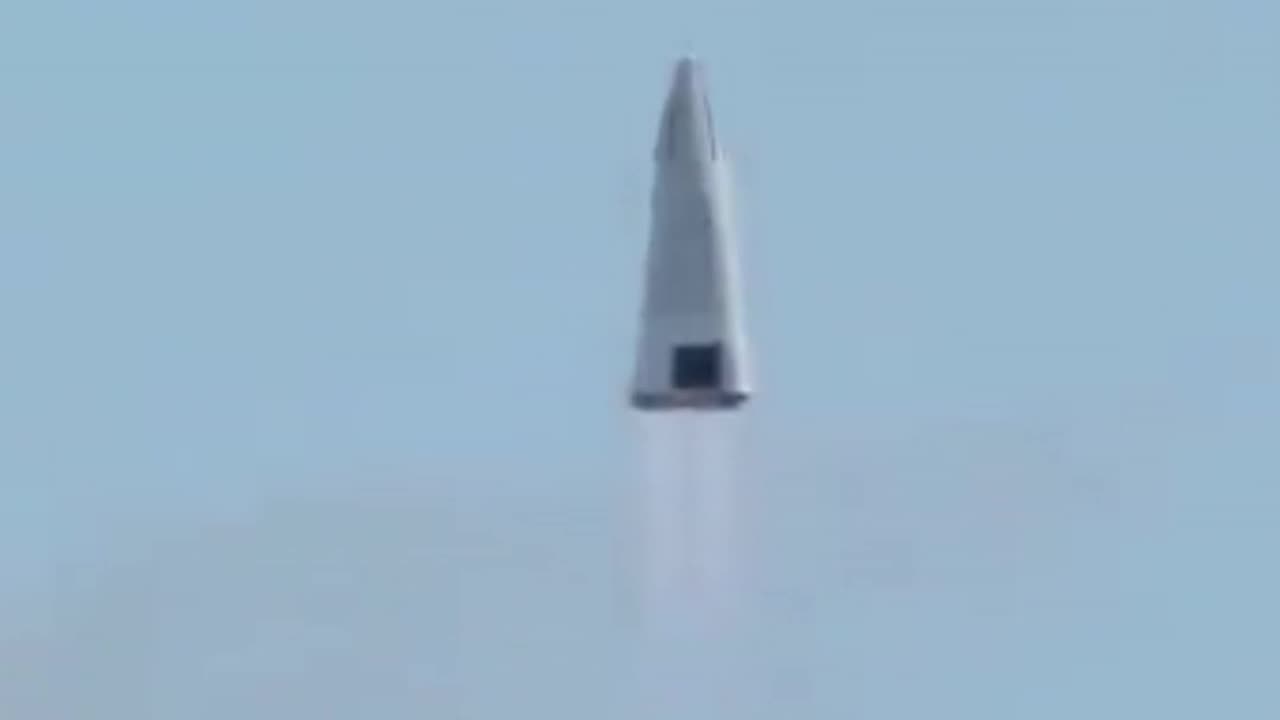Premium Only Content

Delta Clipper (DC-X), VTOL Rocket - McDonnell Douglas DC-X
The DC-X, short for Delta Clipper or Delta Clipper Experimental, was an uncrewed prototype of a reusable single-stage-to-orbit launch vehicle built by McDonnell Douglas in conjunction with the United States Department of Defense's Strategic Defense Initiative Organization (SDIO) from 1991 to 1993. Starting 1994 until 1995, testing continued through funding of the US civil space agency NASA. In 1996, the DC-X technology was completely transferred to NASA, which upgraded the design for improved performance to create the DC-XA. After a test flight of DC-XA in 1996 resulted in a fire, the project was canceled.
According to writer Jerry Pournelle: "DC-X was conceived in my living room and sold to National Space Council Chairman Dan Quayle by General Graham, Max Hunter and me." According to Max Hunter, however, he had tried hard to convince Lockheed Martin of the concept's value for several years before he retired. Hunter had written a paper in 1985 entitled "The Opportunity", detailing the concept of a Single-Stage-To-Orbit spacecraft built with low-cost "off-the-shelf" commercial parts and then available technology, but Lockheed Martin was not interested enough to fund such a program themselves.
On February 15, 1989, Pournelle, Graham and Hunter were able to procure a meeting with Vice-President Dan Quayle. They successfully "sold" the idea to SDIO by noting that any space-based weapons system would need to be serviced by a spacecraft that was far more reliable than the Space Shuttle, and offer lower launch costs and have much better turnaround times.
Given the uncertainties of the design, the basic plan was to produce a deliberately simple test vehicle and to "fly a little, break a little" in order to gain experience with fully reusable quick-turnaround spacecraft. As experience was gained with the vehicle, a larger prototype would be built first for sub-orbital and then orbital tests. Finally a commercially acceptable vehicle would be developed from these prototypes. In keeping with general aircraft terminology, they proposed the small prototype should be called the DC-X, X being the US Air Force designation for "experimental". This would be followed by the "DC-Y", with Y being the USAF designation for pre-production test aircraft and prototypes (e.g. YF-16). Finally the production version would be known as the "DC-1". The name "Delta Clipper" was chosen to result in the acronym "DC" to draw a connection with the Douglas "DC Series" of airliners, beginning with the Douglas DC-1.
The vehicle is inspired by the designs of McDonnell Douglas engineer Philip Bono, who saw single stage to orbit VTOL lifters as the future of space travel. The Delta Clipper was very similar to Bono's SASSTO vehicle from 1967. Bono died less than three months before the DC-X's first test flight.
source text : wikipedia.org
link : https://en.wikipedia.org/wiki/McDonnell_Douglas_DC-X
-
 1:27:07
1:27:07
vivafrei
5 hours agoKash Patel GOES NUCLEAR on Petty Crime? Canada GOES NUCLEAR on U.S. Bourbon! & MORE!
79.6K72 -
 59:06
59:06
The Tom Renz Show
3 hours agoDOGE & Immigration vs. Epstein, Health & mRNA? How are we doing?
21.9K9 -
 4:28:51
4:28:51
Akademiks
6 hours agoDay 1/30. PLAYBOI CARTI 'I AM MUSIC' PRE STREAM.
101K13 -
 1:23:07
1:23:07
Simply Bitcoin
5 hours ago $1.56 earnedHe Wasn't Meant To Say This: Bitcoin Hits $1M in The Next 48 Months! | EP 1202
27.6K4 -
 34:25
34:25
CryptoWendyO
3 hours ago $1.63 earnedHUGE REASONS XRP AND ETHEREUM COULD PUMP TO NEW HIGHS IN MARCH
19.4K3 -
 53:54
53:54
The Dan Bongino Show
7 hours agoBitter Dems Move To Shutdown Government (Ep. 2441) - 03/13/2025
717K1.53K -
 56:37
56:37
Grant Stinchfield
4 hours ago $7.45 earnedNational Security Put at Risk... Biden Personal Emails Discovered Containing the Unthinkable!
71.3K13 -
 3:12
3:12
Gun Drummer
2 days agoMetallica - Enter Sandman GUN COVER
6.16K9 -
 14:59
14:59
BEK TV
5 hours agoDUNSEITH DECLASSIFIED: UNRAVELING THE EXPLOSIVE TRUTH BEHIND A MINOT MURDER AND A BORDER SCANDAL!
4.3K -
 1:07:34
1:07:34
TheAlecLaceShow
15 hours agoGuests: Rep. Scott Perry | Jason & Erica Redman | Dems Want Government Shutdown | The Alec Lace Show
16.9K1